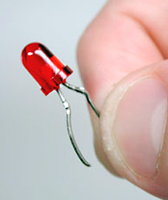
A light emitting diode
How Stuff Works
Diodes are typically made of one or two elements. When placed in a circuit, a diode can either allow current to flow through it or prevent current from flowing through it. Its behavior depends on the amount of voltage fed through the diode and/or the orientation of the voltage source. In most cases a diode will not deliver current through it until a certain voltage range is applied to it. To know more about the anatomy of a diode, click on the Physics of DIODES link on the left.
There are many different types of diodes, each type created to allow current to pass through it when certain criteria is met. This website will mainly focus on diodes discussed in introductory electrical engineering courses: the junction diode, zener diode, light emitting diode, and the photodiode.
